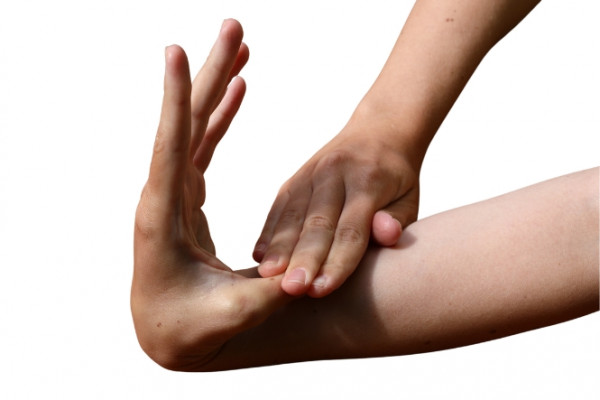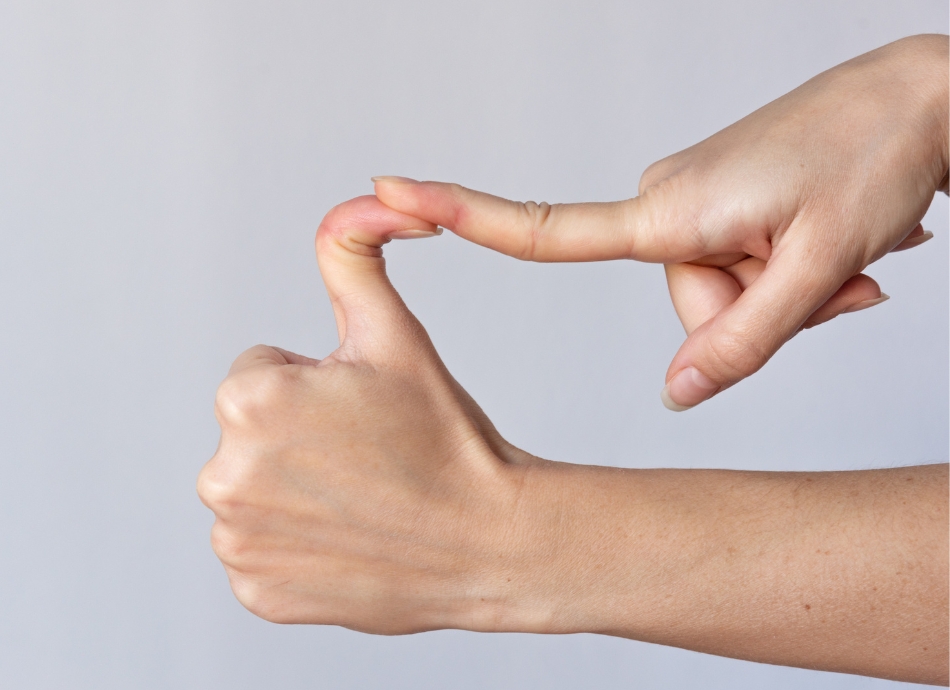Connective tissue is throughout your body – in skin, muscles, tendons and ligaments, blood vessels, organs, gums and your eyes. It helps your body be strong and flexible.
If you have EDS, your connective tissue can stretch beyond its limits and become damaged.
There are 13 types of EDS. The most common effects are:
- joints that move more than normal (joint hypermobility)
- very soft, stretchy skin
- easily damaged tissue.

Image credit: Canva
EDS is rare, approximately 1 in 5,000 people have it. EDS affects women more than men and is in all races across the world.
Although you're born with the disorder, your symptoms can start at any age. Often, they're first noticed in teenagers.
EDS can take years to diagnose because it's rare. Many doctors aren't very familiar with it and the symptoms can be similar to many other conditions.
People with EDS often have other disorders, eg, postural orthostatic tachycardia (POTS) and mast cell activation syndrome (MCAS)(external link).






